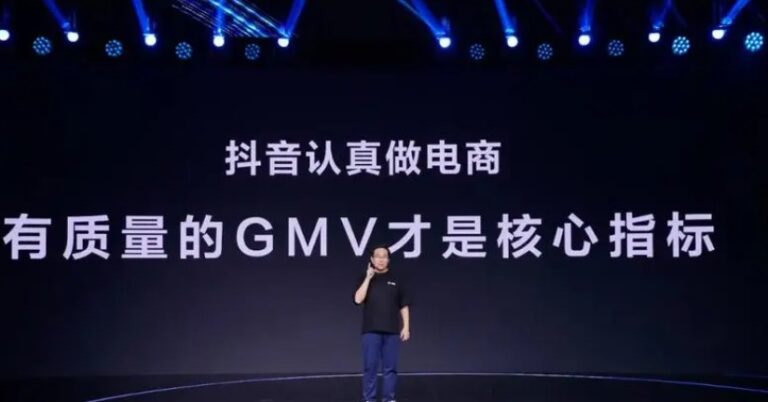China has the world’s largest internet user base. Social media platforms play a vital role. WeChat, Sina Weibo, and Douyin are popular platforms. They offer messaging, blogging, live streaming, e-commerce, and online payment. Chinese social media is crucial for businesses to reach consumers. But strict internet regulations and censorship pose challenges.
This article explores the landscape of Chinese social media. We examine its key players, features, and trends. And discuss the challenges and opportunities for content creators and businesses. Understanding Chinese social media is critical in navigating the country’s digital landscape.
Need a cost effective TP (Tmall Partner) to sell in China?
We are an Official Tmall Partner e-commerce Agency. Our Services: E-Commerce, Search Engine Optimization, Advertising, Weibo, WeChat, WeChat Store & PR.
The Landscape Of Chinese Social Media
Introduction To Key Players: WeChat, Weibo, Douyin, Xiaohongshu
It’s essential to understand the key players in the Chinese social media landscape. These platforms have gained immense popularity among Chinese consumers. So these can provide excellent opportunities for businesses looking to reach this massive audience.
WeChat, developed by Tencent, is China’s most dominant social media platform with over 1 billion monthly active users. It offers messaging services, payment integration, gaming, and more. This way it is an all-encompassing digital experience for its users.
Weibo is a crucial player – known as “China’s Twitter.” It has 516 million monthly active users as of Q3 2020. Brands interact with followers through short messages and instant news updates.
Douyin, with 600 million daily active users (known as TikTok outside China), is for video-sharing enthusiasts. It appeals especially to younger demographics with quick and engaging visual content.
Xiaohongshu (or Little Red Book) is another great platform. Women aged 18-35 use this e-commerce platform for user-generated reviews on various products. Brands have ample advertising possibilities.
Incorporating these platforms into your social media marketing strategy in China is beneficial. Using many Chinese social media apps and catering to each platform’s unique features can help you reach a diverse audience. With this, you can tailor your marketing efforts to be more effective.

Overview Of User Demographics And Behavior On These Platforms
Understanding user demographics and behavior on Chinese social media platforms is essential for marketing managers to create targeted and engaging campaigns. Below is an overview of the user demographics and behavior on WeChat, Weibo, Douyin, and Xiaohongshu.
| Platform | User Demographics | Behavior |
|---|---|---|
| With over 1 billion monthly active users, WeChat has a diverse user base, including all age groups and genders. The majority of users are between the ages of 18 and 35. | WeChat users spend an average of 66 minutes per day on the platform, engaging in a variety of activities such as messaging, shopping, and consuming content. In fact, Chinese social media users spend the most time on WeChat, as mentioned in the important facts. | |
| Weibo has over 500 million monthly active users, with the majority being urban residents aged 18-35. There is a near-even split between male and female users. | Weibo is known for its “hot topics” and news-sharing features, with users primarily posting about entertainment, sports, and current events. They also engage with influencers and follow their favorite brands on the platform. | |
| Douyin | Douyin, China’s version of TikTok, has over 600 million daily active users, with its core demographic consisting of users under 24 years old. | Users on Douyin primarily engage with short-form video content, including viral challenges and skits. They also interact with influencers and KOLs, and engage in e-commerce activities through the platform. |
| Xiaohongshu | Xiaohongshu, also known as Little Red Book, has over 85 million monthly active users, with a predominantly female user base aged 18-35. | Users on Xiaohongshu primarily engage with content related to beauty, fashion, and lifestyle, sharing reviews, recommendations, and personal experiences. They actively interact with influencers and participate in e-commerce activities. |
By examining these user demographics and behaviors, you can better understand the platforms’ audiences and tailor your marketing strategies accordingly.
Explanation Of Unique Features Of Chinese Social Media Platforms
1. Integration of many functions, like on WeChat and Weibo:
- messaging
- social networking
- e-commerce
- payment services.
All these are in one app, making it more convenient for users. This also provides businesses with various social media marketing opportunities. So create official accounts on these social media apps.
2. Strong emphasis on visuals to engage audiences, especially Douyin and Xiaohongshu. These visually appealing content are:
- short videos
- live streaming
- photo-sharing.
3. Social commerce opportunities offer for example Xiaohongshu. It has user-generated content and product recommendations. This is a great experience for users to discover products and make purchases within the app.
4. Influencer culture: KOLs (Key Opinion Leaders) are extremely influential in China’s digital landscape. Collaborating with them can help brands improve awareness and credibility amongst their target audience.
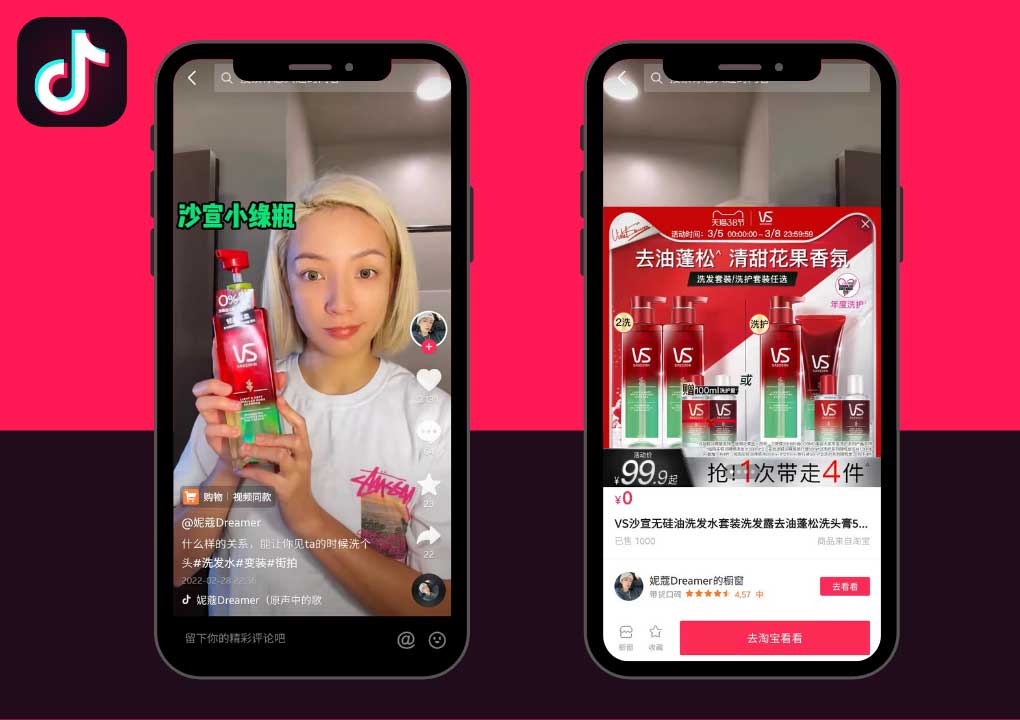
5. Each platform has its unique algorithms that determine content visibility and engagement rates. It’s important to familiarize yourself with these algorithms to optimize your content.
6. Due to government regulations, certain topics may be off-limits or censored. Businesses need to navigate this aspect carefully when developing content strategies.
7. It’s essential to create localized content that resonates with specific demographics or user interests.
8. QR codes are popular in China for sharing information or linking to profiles/websites. Utilizing them can enhance your brand presence on these platforms. Additionally, WeChat offers “Mini Programs,”.
These allow users to access condensed versions of apps without downloading them. This provides businesses with an extra way to engage with their customers.
The Role Of Government And Censorship On Chinese Social Media Platforms
It’s important to understand the role of the Chinese government. They control online content and social media platforms. The government has strict censorship measures in place. They are using the “Great Firewall” to block leading sites such as Facebook and Twitter. They focus on preventing people from spreading certain information or viewpoints.
Despite these restrictions, China allows for some expression online compared to traditional media. Social media has contributed to political events and protests in the country. But, there have been crackdowns on high-profile influencers who defy government regulations.
In recent years, authorities have shut down tens of thousands of their accounts. It’s essential for businesses to be aware of these regulatory challenges and adapt their strategies accordingly.
Why Businesses Should Utilize Chinese Social Media
Explanation Of The Large Potential Audience
As a marketing manager, you cannot ignore the large audience that Chinese social media has to offer. With over 800 million internet users engaging on Chinese social media apps such as WeChat, Weibo, Douyin, and Xiaohongshu. Businesses have an incredible opportunity to reach out to new audiences in China.
Use WeChat and Weibo to reach the Chinese market potential. Popular accounts can generate millions of impressions. Red Bull has 14 million Weibo followers. BMW runs many WeChat accounts for Chinese customers.
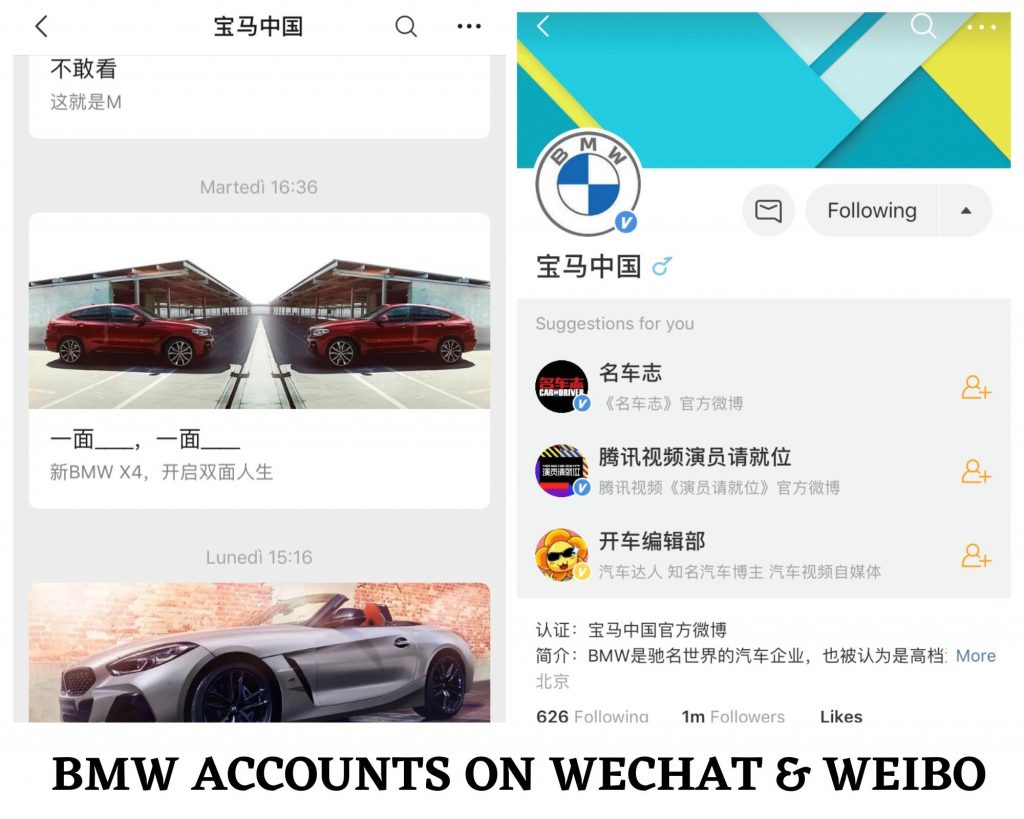
Target millennials with localized campaigns using cultural norms and keywords. Opportunity for businesses in fashion or luxury industries to tap into a massive audience. Chinese social media users regularly share brand opinions.
Insights Into Consumer Trends And Preferences
One major trend is the rise of health-conscious consumers interested in healthy food and drinks. Brands that offer products catering to this trend are likely to see success on Chinese social media platforms.
Another important preference is customers’ reliance on online reviews when making purchasing decisions. Brands can build trust with potential customers and generate more sales by having reviews from KOLs.
Opportunities To Connect With Influencers And Build Brand Awareness
Build brand awareness and increase reach by working with KOLs on Chinese social media. KOLs have a highly engaged following and offer insights into consumer behavior. SK-II partnered with top beauty KOLs on Weibo and reached over 50 million people.
Achieved an impressive 35% conversion rate. Use specialized tools to identify relevant KOLs for your industry. Engage directly with followers to build trust and establish a presence. Like, comment, and repost user-generated content.
Strategies And Challenges For International Businesses In The Chinese Social Media Landscape
Learn how to navigate the unique landscape of Chinese social media and discover strategies for success. Read on to unlock the full potential of this powerful marketing channel.
Understanding Cultural Differences And User Behavior
To succeed in Chinese social media, understand cultural differences and user behavior. Relationships and trust are important in China. So create localized content that resonates with Chinese consumers. Collaborating with KOLs can increase brand awareness and credibility.
Censorship and government regulation can impact content creation. Be aware of cultural nuances to build an effective marketing strategy.
Creating Localized Content And Engaging With Followers
It’s important to understand the value of creating localized content. This way to engage with followers on Chinese social media sites. Here are some key points to consider:
- Localized content: Tailor content to the Chinese market, taking into account cultural differences and preferences.
- User engagement: Engage with your audience through comments, contests, and user-generated content to build trust and loyalty.
- KOL marketing: Collaborate with relevant KOLs to reach a wider audience and build credibility.
- Localization over foreign advertising. Create content that resonates with Chinese consumers, rather than simply translating foreign advertising.
- Relationship building: Build strong relationships with your audience by listening to their feedback. Provide solutions to their needs.

Leveraging KOLs And Social Commerce
Collaborating with KOLs has become an increasingly popular strategy to reach audiences through social media. These KOLs have large followings on platforms. They are highly trusted sources of information and recommendations for their followers.
KOL marketing, leveraging social commerce can also help businesses drive sales through Chinese social media platforms. Social commerce refers to the integration of e-commerce features directly within social media channels.
On WeChat, active users can browse products, make purchases, and share product reviews all within the app. This integrated approach offers a convenient way for consumers to buy products.
Utilizing Paid Advertising
Paid advertising on Chinese social media sites is crucial to succeeding in the market. Here are some key points to keep in mind:
1. Paid advertising is a highly effective way to increase brand awareness. With this, you can reach many customers on Chinese social media platforms like WeChat, Weibo, Douyin, and Little Red Book.
2. Chinese consumers often rely on word-of-mouth recommendations or KOLs. Investing in influencer or KOL marketing through paid advertising should build trust.
3. Toutiao, a popular digital marketing platform in China, allows businesses to advertise with a minimum investment of just 50 RMB (approximately $7 USD).
4. It’s important to have a thorough understanding of the Chinese market and cultural nuances
5. Western marketers can learn from China’s closed-loop data approach to better track and analyze the effectiveness of their paid advertising campaigns.
Remember that utilizing paid advertising should be one part of a comprehensive strategy.
Overcoming Regulatory Challenges And Censorship
Navigating Chinese social media regulations and censorship is challenging. Understanding local laws is critical for businesses looking to establish a presence. Internet censorship is common and can make it difficult to reach the target audience.
So companies must take a localized approach and avoid sensitive topics. Creating high-quality content that aligns with local values is key. Collaborating with KOLs can help businesses build trust and credibility. KOLs can boost brand awareness and engagement while avoiding regulatory challenges.
Adapting To Unique Platform Algorithms And Content Formats
1. To succeed in Chinese social media marketing, you need to understand personalized recommendation algorithms.
2. China is exploring restricting algorithms to reduce problematic content.
3. Use visual and textual content, as visual elements are more engaging.
4. Toutiao is a popular platform, but advertising requirements are high.
5. Be aware of different platforms for specific audiences.
By adapting your approach, you can connect with your audience and increase your chances of success.
Best Practices For Content Creation On Chinese Social Media
Incorporating Eye-catching Visuals And Localization
As a marketing manager, it’s important to understand how to create content that resonates with Chinese consumers. Here are some best practices for incorporating into your social media strategy:
1. Use high-quality images and videos. Chinese social media users expect striking content, so make sure your images and videos are of the highest quality possible.
2. Incorporate local cultural elements. By using local elements in your visuals (festivals, holidays, or cultural symbols), you show that you care about the culture and values of your target audience.
3. Use colors carefully. Each color has its own meaning in Chinese culture. For example, red symbolizes luck and fortune while white is associated with death and mourning. Make sure you choose colors that align with your message.
4. Use creative graphics. Infographics and other visual representations of data are very popular. They can make complex ideas easier to digest.
5. Experiment with video formats. Short-form videos ranging from 15 seconds to 1 minute are more likely to grab attention than static images in China. Try incorporating them into your content strategy.
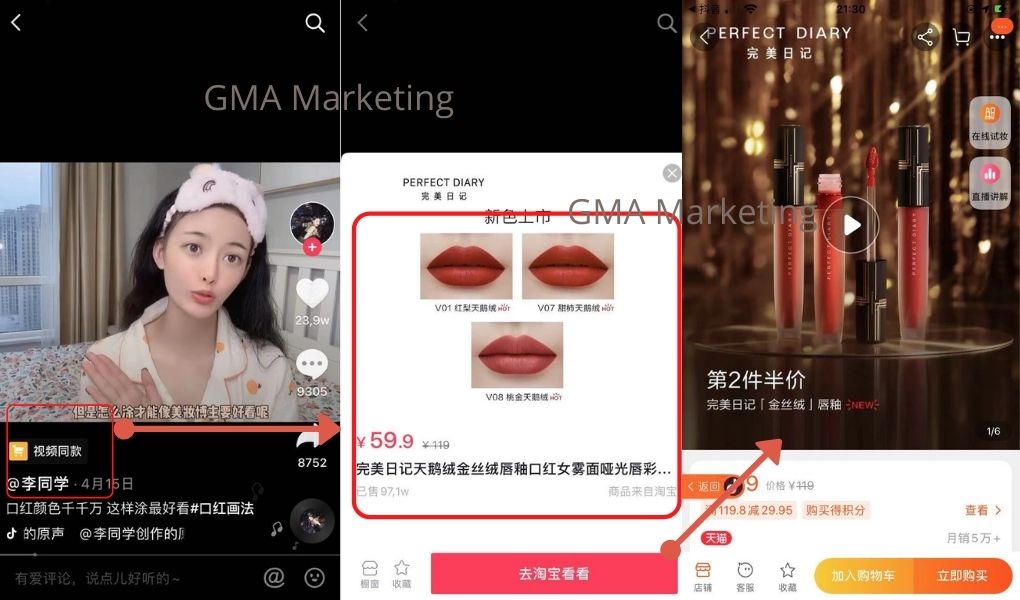
By following these tips you have a better chance of achieving maximum engagement with your target audience. This will lead to a successful social media marketing campaign.
Sharing Brand Stories And Showcasing Values
To succeed on Chinese social media, share brand stories and values. Create compelling content with eye-catching visuals and localized messaging. By telling your brand’s unique story, you can establish a deeper emotional connection with your follower.
This way builds trust and loyalty. Lancôme leveraged this strategy on Xiaohongshu. They highlighted diversity within China’s culture, connecting with their audience while promoting products. Collaborate with KOLs or influencers who share similar values. These partnerships can increase engagement and create buzz while boosting sales.
Collaborating With KOLs And Influencers
As a marketing manager, here are some important things to keep in mind when working with them:
1. KOLs are Chinese influencers who have massive followings on social media channels like Weibo, WeChat, and Douyin.
2. These influencers can help you reach your target audience. They build brand awareness by sharing your content or products with their followers.
3. Luxury fashion brands have invested over $181 million in influencer marketing in China through mega influencers in 2021 alone.
4. Virtual KOLs are a new trend in Chinese social media. Connecting with their fans through platforms like Weibo, Bilibili, and Douyin.
5. Collaborating with them enables brands to learn more about Chinese consumers’ interests, likes, and expectations of brands. This information can help in your marketing campaigns. How? You can develop products that are better suited to the needs and preferences of the target audience. Whit this improves the chances of success in the Chinese market.
Encouraging User-generated Content And Social Sharing
Encouraging user-generated content is key to building an engaged community on Chinese social media. Brands can use unique hashtags and contests to encourage submissions.
Social sharing helps to expand the reach and drive traffic to your account. Make sure to create visually appealing content with clear calls to action.
Starbucks and Lancôme used UGC on WeChat and Xiaohongshu/Douyin to increase engagement levels and generate millions of views.
All these practices can drive results more than paid advertising alone!
Successful Social Media Campaigns In China
Discover how Starbucks, Lancôme, and Nike leveraged Chinese social media platforms. How they created successful campaigns and learned the key strategies that made them stand out.
Examples Of Starbucks On WeChat And Weibo, Lancôme On Xiaohongshu, And Nike On Douyin
As a marketing manager, I wanted to share some successful social media campaigns in China that you can draw inspiration.
1. Starbucks on WeChat and Weibo has been successful to engage with its target audience. Through WeChat, the brand has created mobile ordering and payment functionalities. So customers can place their orders and pay through the app. Meanwhile, on Weibo, they launched the “White Cup Contest”. Users could post their designs onto blank cups at Starbucks stores for a chance to win a prize.
2. Lancôme on Xiaohongshu. Lancôme designed its social media campaign on Xiaohongshu to attract younger consumers. The brand collaborated with KOLs (key opinion leaders). They created a makeup video series using their products. These videos received millions of views and helped build Lancôme’s reputation.
3. Nike on Douyin. Nike leveraged Douyin for a sports challenge campaign called #Doubledoublechallenge. They encouraged users to share videos of them performing a double dribble while wearing Nike shoes. The hashtag campaign garnered over 21 million views. This challenge generated significant buzz around Nike’s products.
These examples prove how brands can use features unique to Chinese social media sites, leverage KOLs or influencers, and develop localized content to successfully engage with Chinese consumers.
Explanation Of What Made These Campaigns Successful
I’ve found that the most successful social media campaigns in China tend to have a few key elements.
Brands should aim to build a sense of community and connection with their followers. They can:
- create polls
- create challenges
- use user-generated content
- provide personalized experiences.
We’ve been talking about localizing content to resonate with the cultural nuances of the target audience. You can use local influencers or incorporate popular trends and memes.
Successful campaigns in China also leverage new technologies unique to Chinese social media. These are live streaming, gamification, and social commerce integration.

Key Lessons Learned From These Successful Campaigns
I’ve analyzed some of the most successful social media campaigns in China, and here are the key takeaways:
Brands must create culturally relevant content. Use the local language, references, and visuals to engage with Chinese consumers.
Collaborating with KOLs is crucial for successful social media campaigns. They have a significant influence on purchasing decisions.
Integrating e-commerce features into social media campaigns. This helps Chinese consumers to buy products without leaving the platform.
Brands should experiment with augmented reality (AR) or virtual reality (VR). Create with them a unique experience for Chinese users and showcase their products.
Future Trends In Chinese Social Media
Increased Focus On E-commerce And Social Commerce
The Chinese market emphasizes e-commerce and social commerce. Retail social commerce sales are projected to reach $242.41 billion this year, accounting for 11.6% of total retail e-commerce. Chinese internet users spend over two hours per day on social media platforms like WeChat and Douyin. This provides an opportunity for businesses to drive sales.
Success in the Chinese market requires:
- understanding consumer behavior and preferences
- leveraging KOLs who have significant influence within their communities.
- brands need to create localized content that resonates with consumers
- leveraging emerging technologies like AI and AR-based tools.
Greater Use Of AI And AR Technologies
Chinese social media platforms are using AI and AR technologies to improve user experience and drive engagement. WeChat allows users to transfer money using facial recognition software. Douyin uses AI-powered recommendation algorithms to suggest videos based on user interests.
AR filters are becoming more popular in Chinese social media marketing campaigns. L’Oreal used an AR filter campaign to let users try virtual makeup looks.

These technologies will continue to advance, leading to even greater integration in Chinese social media. This creates opportunities to engage with consumers in innovative ways. Also to stay ahead of the competition in a large social media market.
Increased Competition And Consolidation
The Chinese social media landscape is competitive and evolving. Douyin is emerging as a leading platform, challenging established players like WeChat and Weibo. Taobao’s Feiye is another rising star.
As larger companies merge or acquire smaller ones, forming stronger networks, it becomes increasingly important for businesses to build relationships with these key players to maximize their impact.
To stay ahead of the curve, businesses must keep an eye on market trends and best practices. They need to form strategic partnerships to establish a strong foothold in this dynamic ecosystem. Larger companies merge or get smaller ones, forming strong networks. Businesses must be proactive in building relationships with key players to maximize their reach and impact.
We’re seeing an increased level of competition and consolidation on Chinese social media. More platforms emerge and gain popularity. There’s a greater need for businesses to stay on top of the latest trends and best practices.
Emerging Platforms And Technologies To Watch
As a marketing manager, it’s important to keep up with the latest emerging platforms and technologies in Chinese social media. Here are some key ones to watch:
- Short video platforms (like Douyin and Kuaishou) have exploded in popularity in China. They are offering easy-to-create and share short-form video content.
- Livestreaming on platforms like Taobao Live and Douyin Live has become a major trend in China. This allows brands to connect with consumers in real time.
- Social commerce is on the rise. Chinese social media platforms incorporate e-commerce features. This enables Chinese users to make purchases within the app.
- Voice-based interfaces are becoming more prevalent on Chinese social media platforms. There are many smart speakers and voice assistants.
- Virtual reality is still in its early stages on Chinese social media. But has the potential to transform how brands engage with consumers.
- AI-powered features are increasingly used to personalize content and improve user experiences.
- Niche communities on platforms like Douban cater to specific interest groups. This provides opportunities for brands to connect with engaged audiences.
- Cross-border marketing is becoming more important for international brands looking to tap into the Chinese market. with more Chinese consumers shopping online overseas.
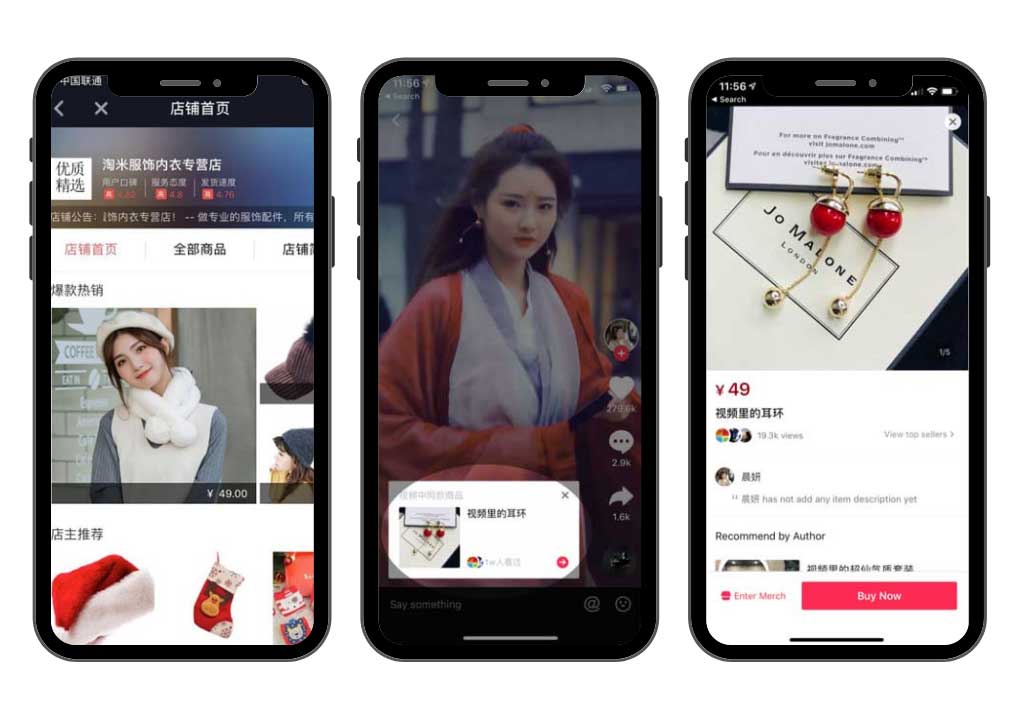
Conclusion
To succeed on Chinese social media, businesses must understand the unique landscape and user behavior. Businesses should create localized content that resonates with their target audience. They need to collaborate with influencers and KOLs. Also to leverage social commerce opportunities, and navigate regulatory challenges.
Ecommercechinaagency specialized in helping international businesses in China. We offer a wide range of services to help brands establish. We can help you grow your presence on Chinese social media platforms.
We help businesses to:
- create engaging content
- run targeted campaigns
- leverage social media algorithms to increase engagement and drive sales.
- increase brand awareness
- build credibility
- public relations (PR) campaigns
- key opinion leader (KOL) collaborations
- influencer marketing.
So don’t hesitate to contact us today!





